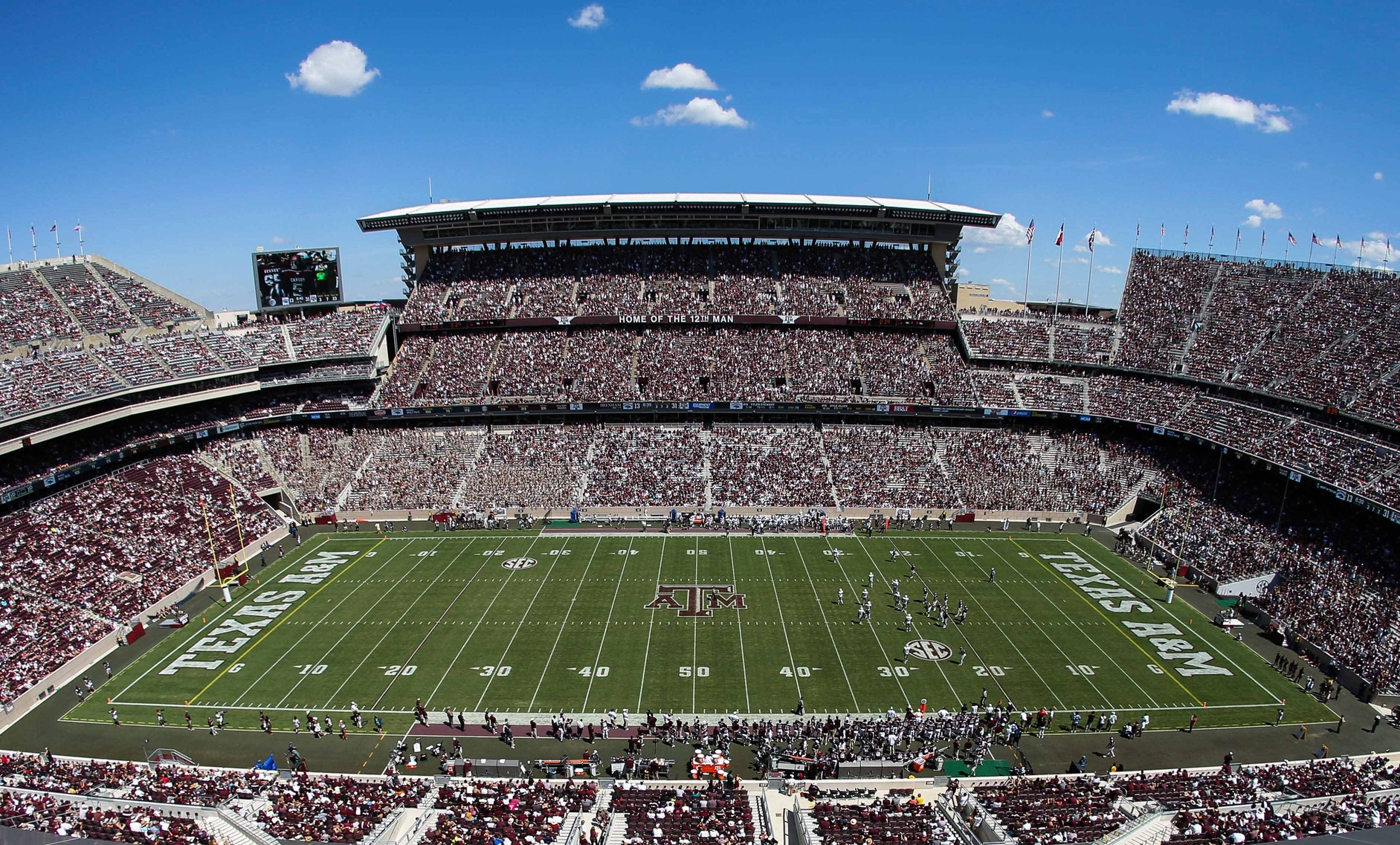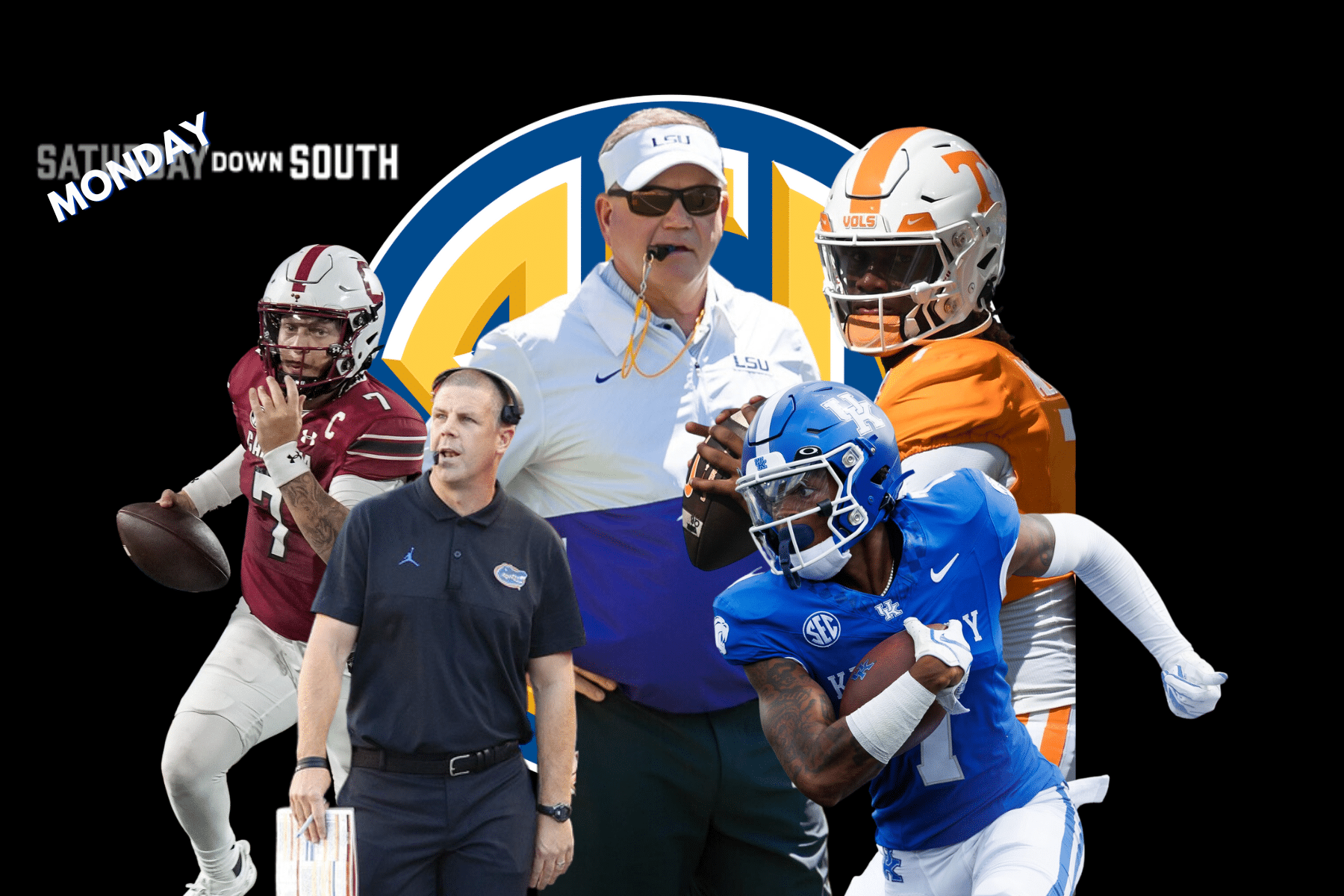
When Texas A&M made the bold statement of leaving the Big 12 in 2012 to join the SEC, it signified a new beginning in program history.
For the first time in nearly 100 years, the Aggies were not aligned in the same conference with the University of Texas. Not since the Southwest Conference was formed in 1915 had Texas A&M and Texas been separated by conference.
Climbing out of the nationally perceived shadows of the Texas program, Texas A&M stood on its own, breaking free of any lingering stigma that may have remained from the university which sat in the state’s capitol.
Yes, Texas A&M was finally on its own, and my how it has blossomed. The Aggies won 11 games in their first SEC campaign, finishing second in the nation’s strongest division, the SEC West, and rose to a No. 5 ranking by season’s end.
It was the program’s highest finish nationally since 1956 when a rising young coach by the name of Paul “Bear” Bryant guided what was left of the “Junction Boys” to an undefeated season (9-0-1), a first Southwest Conference title in 15 years and a No. 5 ranking.
But that was only the beginning. No longer Texas’ afterthought, the Aggies had not only positioned themselves in a better conference but last season left the others in the Lone Star State in their dust; unveiled the $485 million renovations to Kyle Field and making it the largest stadium by capacity (102,512) in the SEC, and lending credence to that old saying, “Everything’s bigger in Texas.”
So when the questions come up about comparing the Texas A&M program with that of other major programs in the area, don’t be surprised if the answer is a smirk and a chuckle. Texas A&M has positioned itself to be a premier program, not only in the state of Texas, but nationally, for many years to come.
True the results on the football field lately haven’t been up to those of say a TCU or Baylor, and Houston continues to be the nation’s stepping stone for innovative coaches. And given time, Charlie Strong could prove to be the answer for the Longhorns. Back-to-back top 10 recruiting classes seems to signify better days ahead for that program.
But as of today, it is highly doubtful that Texas A&M would even consider trading places with programs at Texas, TCU, Baylor or Houston. Why would they?
Texas, TCU and Baylor are in a struggling Big 12 conference that doesn’t even have enough teams in it to hold a championship game (it’s been announced that the league will reinstate its conference championship game in 2017). Individually, Texas has zero reason not to be among the top programs in the country each and every season — any program with its own television network has no excuse not to be at least competitive every single season.
TCU, it would appear, reached its ceiling a couple of years back when it was left on the outside looking in at the playoff, snubbed by the selection committee. The Horned Frogs illustrate that little engine that could; except that while they continue to think they can, apparently no one else agrees.
Baylor has its own set of internal problems and have probably reached its peak as well. What Art Briles was able to accomplish on a football field with that program was nothing less than amazing. The same could be said for Gary Patterson at TCU.
And Houston will remain competitive as long as that administration is able to come up with the nation’s top young coaches. But how many times can they catch lightning in a bottle? A rumored move to the Big 12 could potentially ease that burden, but over the long haul it remains a program whose elite status on a consistent basis remains unsustainable.
No, Texas A&M isn’t likely looking at programs like Texas, TCU, Baylor or Houston with jealous eyes. It’s a program in an elite conference with an elite facility surrounded by fertile recruiting grounds, just ripe for someone to come along and manage it properly. Whether or not Kevin Sumlin is that person remains to be seen.
Glenn Sattell is an award-winning freelance writer for Saturday Down South.






